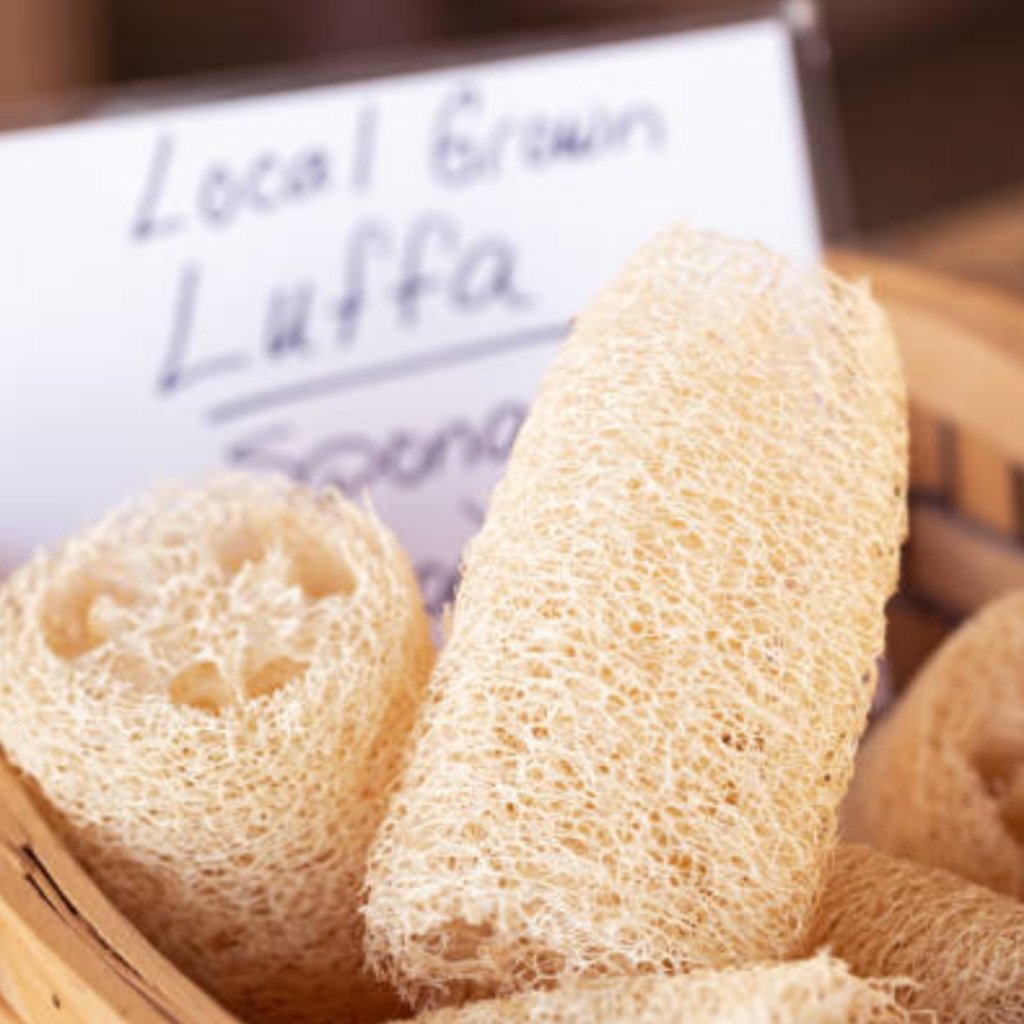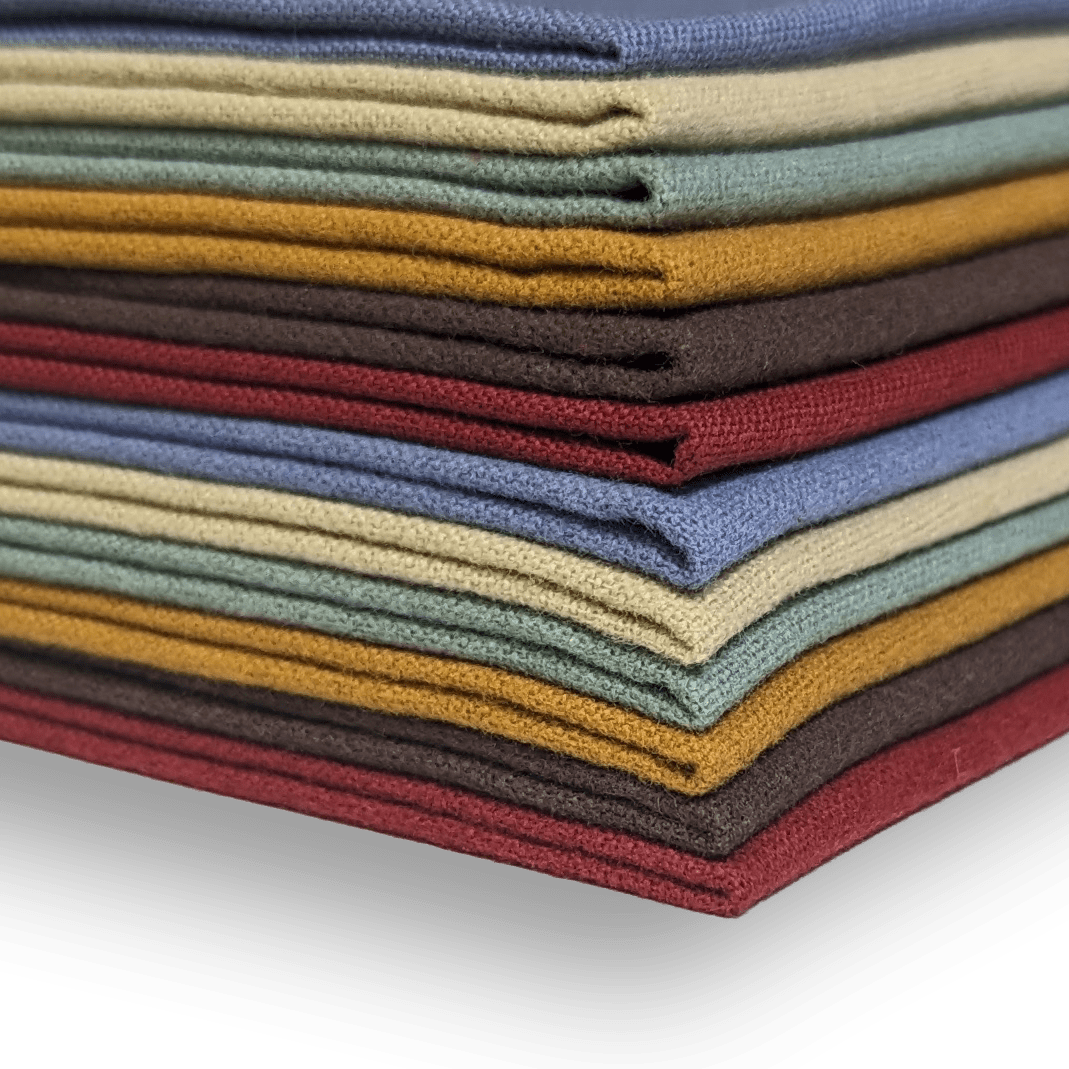If you’re someone that cherishes their shower time, you’re probably familiar with all of the shower accessories. Everything from deep cleansing scrubs to exfoliating loofahs makes showering that much more relaxing and therapeutic, but have you ever wondered how harmful your shower routine is?
For starters, let’s take a closer look at your loofah. If you’re using one of those colorful bath poufs sold at most convenient stores, chances are, it’s made out of plastic. The green alternative to plastic poufs are natural loofahs, which are just as effective yet have a much smaller environmental impact! Here’s how natural loofahs are made, what makes them sustainable, and an eco-friendly comparison to your conventional plastic loofah.
Natural Loofahs Vs. Plastic Poufs

We’ve all seen the colorful bath poufs in the bathroom section of Target. At first glance, they look pretty tempting to use in the shower to exfoliate and scrub away the dead skin. But after looking closer, it’s probably not the most eco-friendly choice.
First of all, you need to replace loofahs every few weeks to avoid bacteria build-up, which already becomes a wasteful habit since they take hundreds of years to break down. Second of all, since each bath pouf is made from plastic, millions of microplastics end up getting washed down the drain and leak into our waterways. And in case we needed a third reason to avoid plastic poufs, it’s not the best idea to scrub your body with synthetically produced plastic material, especially when most consumers aren’t aware of how their bath poufs are made.
To avoid the health and environmental risk, opt for a natural loofah instead. Unlike bath poufs, natural loofahs contain zero traces of plastic and actually derive from the Luffa gourd plant. They’re naturally rough in texture, making them the perfect exfoliating tool to bring in the shower! Natural loofahs aren’t as colorful as bath poufs, but only because manufacturers leave them in their natural state instead of using synthetic materials to make them colorful.
How Are Natural Loofahs Made?

The Luffa plant, also known as the sponge gourd, grows thick green gourds that end up looking like large cucumbers. The inside of each gourd is what gets extracted to create natural loofahs since they are soft to use on the skin yet rough enough for exfoliation. In fact, loofah material is stronger than synthetic bath poufs, so not only will it last longer, but it’ll exfoliate even better.
Are Natural Loofahs Biodegradable?

The real question is, are natural loofahs biodegradable? Yes! Natural loofahs are 100% biodegradable and will return to the earth in a matter of months. Once you’re done with your natural loofah, simply add it to your compost or bury it straight into the ground. On the contrary, one plastic pouf could take hundreds of years to decompose. If you’re swapping out your pouf every month, you’re likely going through hundreds of poufs in a lifetime. Natural loofahs completely eliminate the problem of landfill waste that bath poufs cause by leaving zero traces of material behind!



